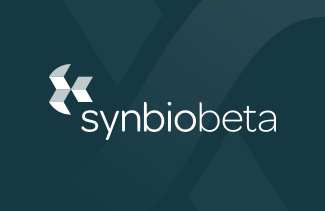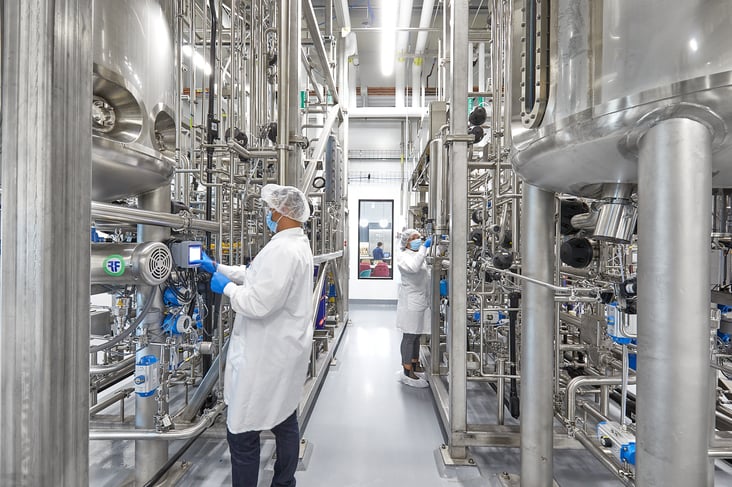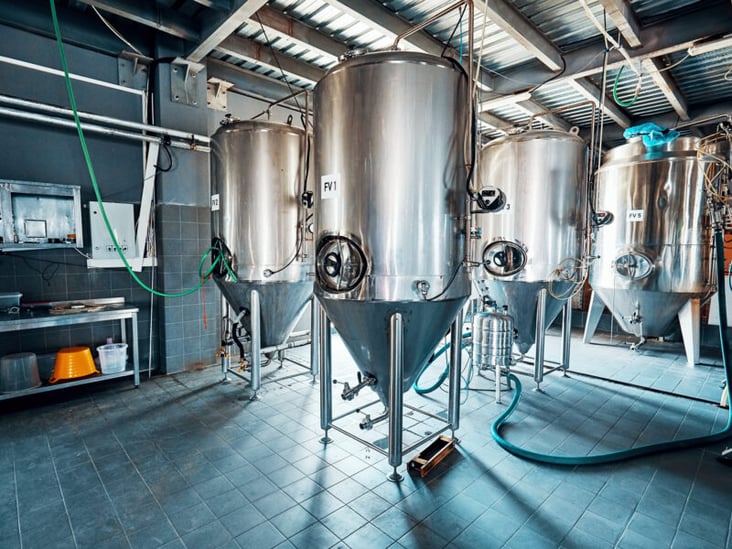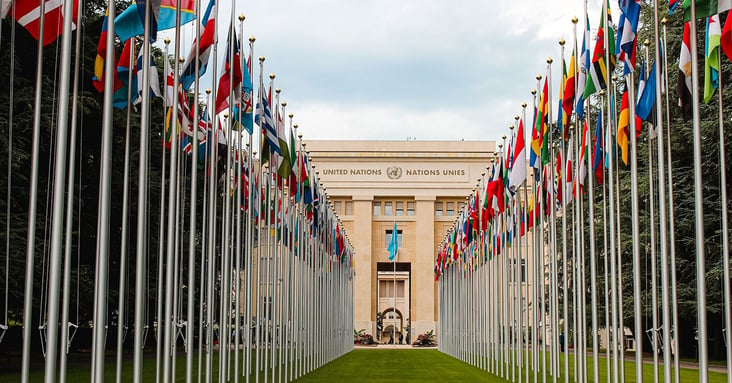Topic / Food & Agriculture / Homepage
Food & Agriculture

We are on the cusp of the most profound disruption of the food and agriculture sector in over a century
Like most disruptions, this one is being driven by the convergence of several key technologies with improving costs and capabilities: Precision Fermentation (PF) and Cellular Agriculture (CA).
Novel foods will be cheaper, more nutritious and healthier than current alternatives
The modern food disruption will free up to 80% of land—an area the size of the United States, China and Australia combined.
In our report Rethinking Food & Agriculture 2020-2030, we outlined how novel technologies like PF and CA would disrupt and transform our food systems, creating decentralized, equitable and environmentally friendly modes of food production, and better-tasting, healthier food!
We outlined how these technologies would form a new model of food production we call Food-as-Software (FaS).
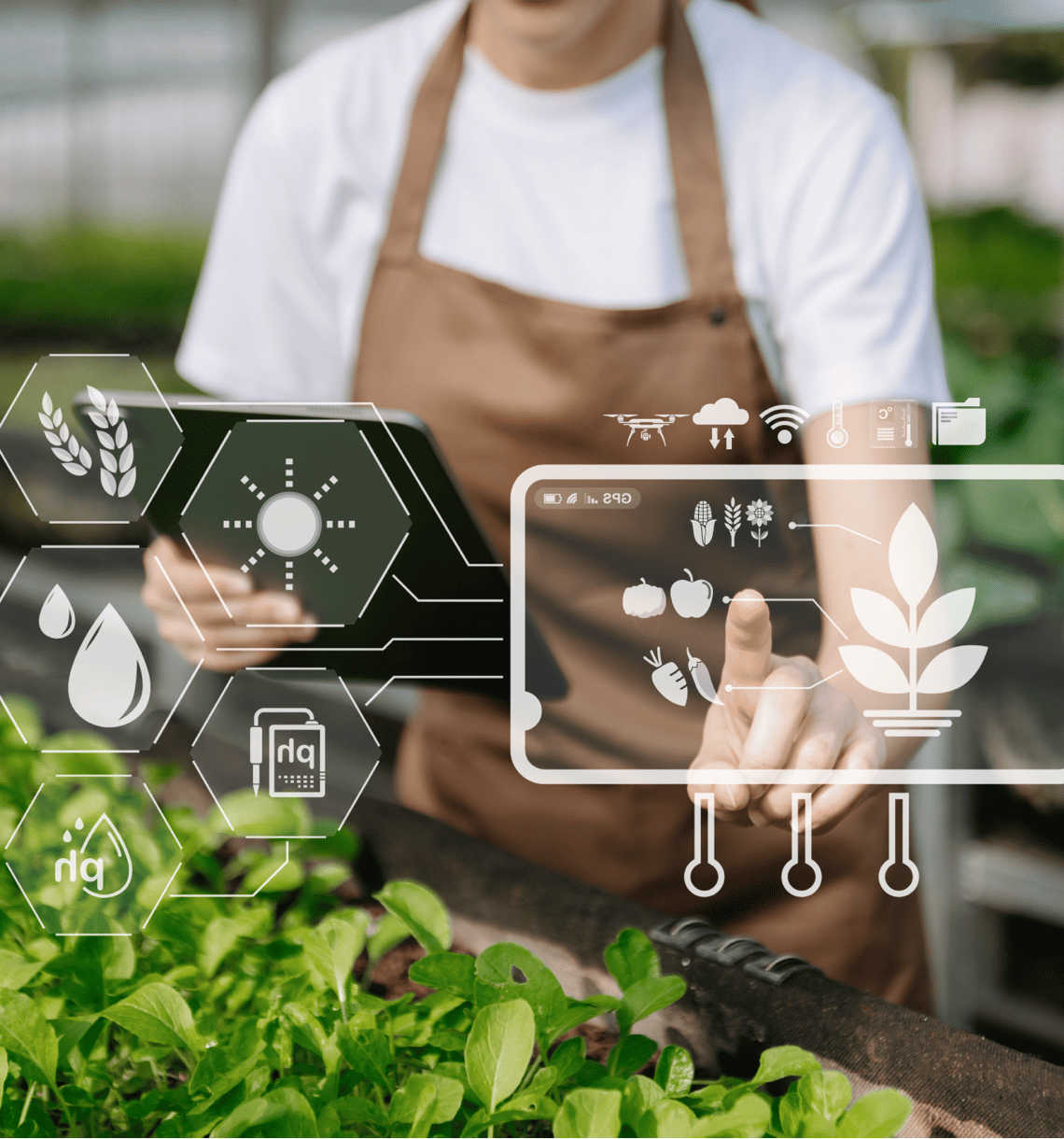
The disruption of food & agriculture
PF and CA will compete with animal products of all kinds.
PF will make protein production five times cheaper than existing animal proteins by 2030, and 10 times cheaper by 2035. This will have a profound impact on industrial animal farming.
Race to the top
First movers who embrace the coming disruption will provide access to healthier, superior, cheaper foods. This will create an upward spiral of prosperity and opportunity.
The best path forward for decision-makers is to embrace disruptions, and intervene as little as possible except to protect individuals and communities. The disruption should unfold according to its own internal dynamics.
Witness the transformation
This transformation will present an unprecedented opportunity for conservation, rewilding and reforestation.
Even without active reforestation, the passive reforestation of land through the process of natural recovery will capture and store carbon equivalent to up to 20% of today’s global emissions.
Food & Agriculture in depth
Explore these topics to learn more about the disruption of food & agriculture

Precision fermentation to make protein and synthetic meat directly from animal cells will cut cattle farming’s share of the market and will free up 80% of land—an area the size of the US, China, and Australia combined—according to RethinkX, a company specializing in disruptive technology analysis.
Chemical and Engineering News

FOOD & AGRICULTURE REPORT
Rethinking Food & Agriculture 2020-2030
Rethinking Food and Agriculture 2020-2030 (published 2019) shows how the novel food disruption, made possible by rapid advances in precision biology and an entirely new model of production we call Food-as-Software, will have profound implications not just for the industrial agriculture industry, but for the wider economy, society and the environment.
The disruption of food and agriculture is inevitable.
The cost of proteins will be five times cheaper than existing animal proteins by 2030, and 10 times cheaper by 2035. Protein will eventually be nearly as cheap as sugar
Modern products will be cheaper and superior in every conceivable way.
The aim of this report is to start a conversation and focus decision-makers’ attention on the scale, speed and impact of the modern food disruption.
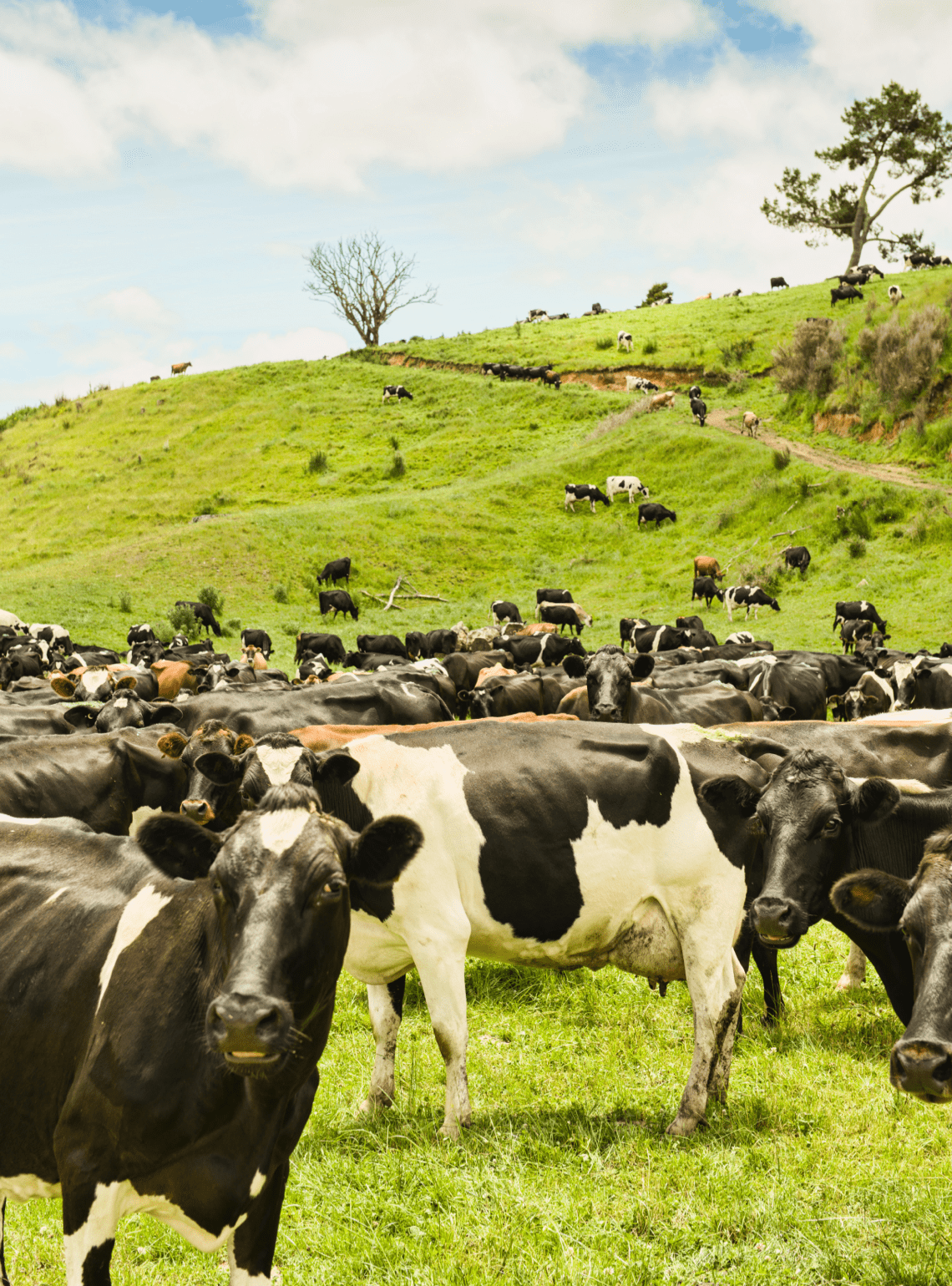

New PF foods will be up to 100 times more land efficient, 10-25 times more feedstock efficient, 20 times more time efficient, and 10 times more water efficient.
RethinkX

Food & Agriculture News
Frequently asked questions
The energy demanded by the new modern food system will be in the form of electricity. It will be met by the new energy system where electricity is nearly free, clean and also superabundant.
Modern food production methods like PF and CA are very energy intensive processes. o produce the molecules needed, these technologies will use bioreactors in manufacturing facilities that can maintain the environmental conditions needed by the microorganisms. This process, along with other energy intensive steps, such as drying, will certainly create energy demand.
Fortunately, the disruption of food and energy is not happening in a vacuum. The disruption of energy is currently proceeding rapidly as fossil fuels such as coal, oil and natural gas are replaced by a cheaper, cleaner and more efficient system based on solar, wind and batteries (SWB). Due to the nature of this energy system, which will be built to accommodate the times of the year that have the least amount of sun and wind resource, there will be periods when enormous amounts of surplus electricity are generated. The energy demanded by the modern food system will therefore be met by this new energy system.
Read the full answer here
Modern foods made from technologies like PF and CA are actually safer than foods made in our traditional livestock model. Consumers are likely to face disinformation about the safety of modern foods.
Food regulation, including rigorous testing, is crucial to ensure public health and safety, so precautions need to be taken to ensure that all foods are healthy and safe to eat. Most countries have a food regulation board, like the FDA and USDA in the United States, that must approve new food products that come on the market.
Modern foods made from technologies like PF and CA are actually at an advantage when it comes to food safety. Most deaths and illnesses that result from food consumption are caused by contamination by the fecal matter of livestock animals. Since the supply chain of these modern foods do not contain animals, there is a significantly lower risk of contamination and related illnesses.
Despite this, consumers are likely to face conflicting information and disinformation about the relative merits and safety of modern food versus traditional animal products. Powerful industry lobbying is likely to create false narratives.
Policymakers can ensure that consumers are able to make well-informed choices by ensuring that accurate information is readily available, with clear and consistent rules around labeling that apply to both animal-derived and modern foods and manufacturing processes.
Read the full answer here
By 2030, SWB-based energy systems will have significantly lower overall costs than conventional energy systems in virtually all populated regions.
-
Based on available data, we estimate that energy currently represents approximately 30% of PF and CA operating costs, +/- 20% depending on regional and operational factors.
-
Solar power, wind power, and battery energy storage all produce electricity at near-zero marginal cost because they consume no fuels and have minimal operations and maintenance expenses.
-
RethinkX research has shown that the costs of SWB have fallen dramatically and predictably over the past 15 years, and are likely to continue to do so over the next decade.
-
By 2030, SWB-based energy systems will have significantly lower overall costs than conventional energy systems in virtually all populated regions.
-
PF and CA enterprises that are prepared to use seasonally available SWB Superpower from SWB-based energy systems (whether grid scale or commercial scale) will be able to further reduce their energy costs. In some circumstances, there is the potential for the cost of electricity to approach zero.
Read the full answer here
As with many other disruptions throughout history, any region, nation, or even city or local community can reap the rewards of early adoption of PFCA.
This will translate into higher-quality foods that are more affordable, with direct social and economic benefits, as well as indirect benefits from the reduction of environmental and human health impacts associated with animal agriculture.
In the case of PFCA, both the technologies and the disruption they cause have the potential to be economic and geopolitical equalizers. This is because there are no major geographic or economic barriers to the food disruption, and the technologies themselves are inherently amenable to decentralization. Poorer regions, nations, cities and local communities can choose to lead the disruption of food (and energy and transportation).
History shows that established centers of power typically struggle to embrace disruptions, and instead resist them, because their stakeholders and institutions are focused on protecting the status quo from which they benefit.
Read the full answer here
False. Following the start of the disruption of food and agriculture by modern food alternatives, we estimate that direct emissions from all animal agriculture combined will fall by 55% by 2030 and 75% by 2035.
Industrial animal agriculture has very significant impacts on the environment. Not only do they emit greenhouse gas emissions which contribute to climate change, but their waste also pollutes the air and natural waterways around where they are kept.
Following the start of the disruption of food and agriculture, we estimate that direct emissions from all animal agriculture combined will fall by 55% by 2030 and 75% by 2035. Water use for U.S. animal agriculture as a whole will decline 45% by 2030 and 70% by 2035. One early study estimates that a product made using PF generates 92% fewer pollutants than a comparable animal product.
All livestock, cows especially, take up a lot of land, both with their pastures and the crops needed to feed them. By contrast, the far greater efficiency of PF technology means that its products typically require less than one-tenth of the cropland of their animal-derived alternatives. In the case of cattle, current research suggests that a PF-enhanced burger will use 94% less land than equivalent beef or dairy products.
According to recent research undertaken by CE Delft for the Good Food Institute (Sinke et al., 2023), animal products made using cellular agriculture will also offer significant improvement on some environmental impacts including global warming, land use, feedstock consumption and air pollution.
Read the full answer here
False. Precision Fermentation makes proteins for our food, and proteins contain exactly no genetic material.
Genetic engineering and modification are integral to the precision fermentation process because these technologies allow scientists to control the fermentation process and ensure that the microorganisms are producing the desired outputs.
Many microorganisms output desirable products naturally as well, but the disruptive power of precision fermentation is in the ability to produce any molecule we desire so that we can build a food system around it.
That being said, it is the microorganisms themselves that are GMOs, not the products they produce. Final PF products do not contain the microorganisms—usually fungi, bacteria or algae— and therefore do not contain genetically modified genes at all.
Because precision fermentation occurs in a lab or facility, producers are able to capture waste (which does contain the spent microorganisms) and dispose of them in such a way that will not release genetically modified microorganisms into the environment.

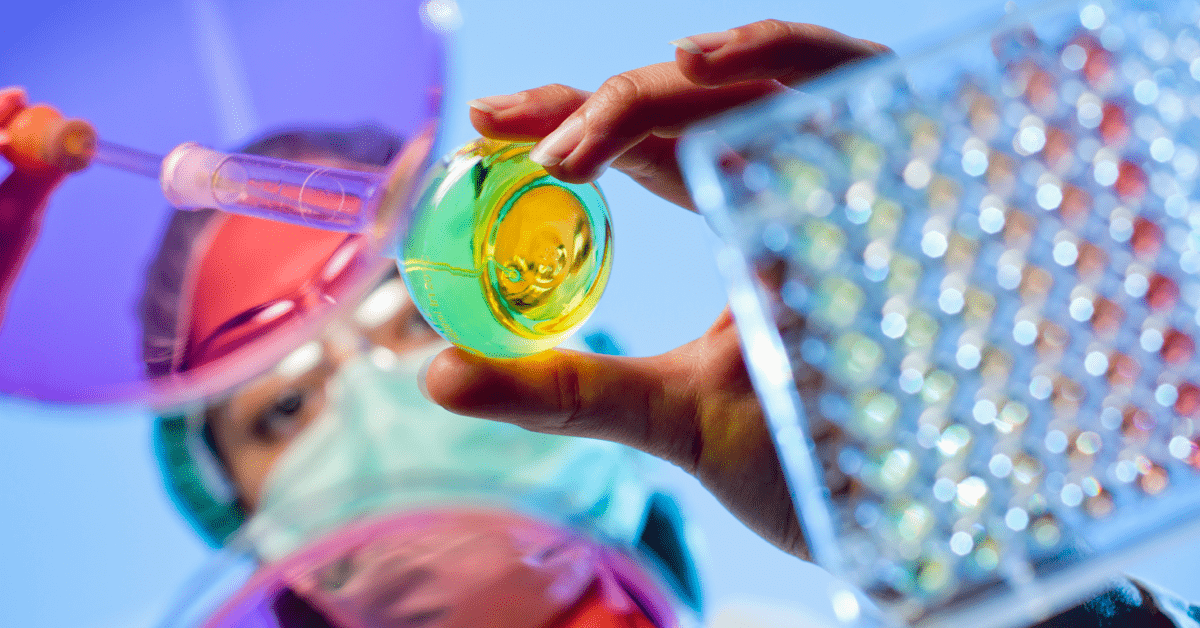
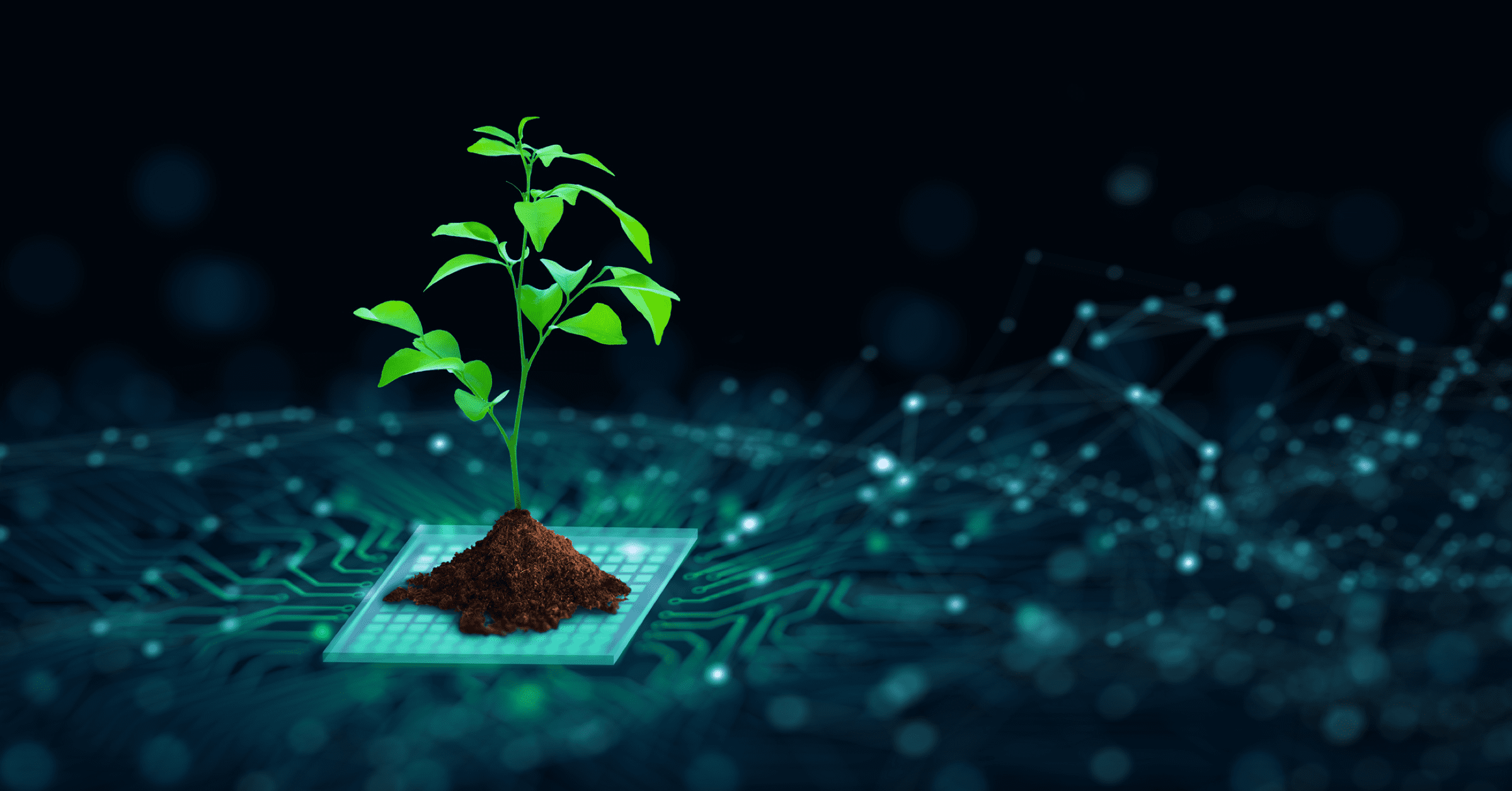
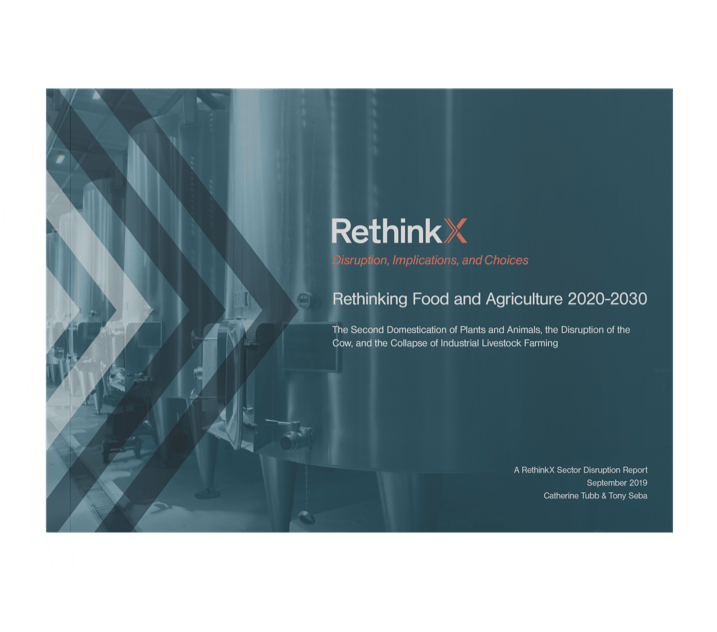




.png?width=732&name=Copy%20of%20RethinkX%20-%20In%20the%20News%20(4).png)
.png?width=732&name=Copy%20of%20RethinkX%20-%20In%20the%20News%20(3).png)

-min.png?width=732&name=Copy%20of%20RethinkX%20-%20In%20the%20News%20(12)-min.png)
-min.png?width=732&name=Copy%20of%20RethinkX%20-%20In%20the%20News%20(14)-min.png)
-min.png?width=732&name=Copy%20of%20RethinkX%20-%20In%20the%20News%20(13)-min.png)
-min.png?width=732&name=Copy%20of%20RethinkX%20-%20In%20the%20News%20(9)-min.png)

-min.png?width=732&name=Copy%20of%20RethinkX%20-%20In%20the%20News%20(1)-min.png)











